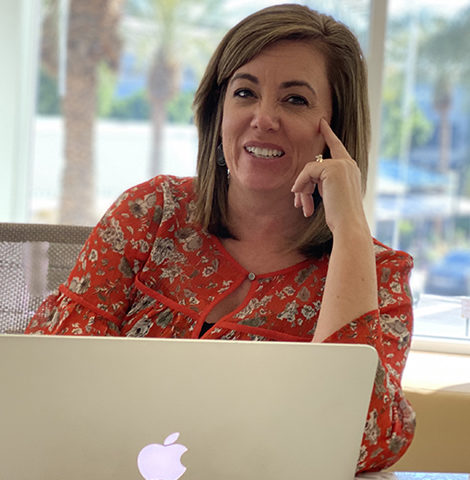By Mary Jo Lambert-Terry
Student loans aren’t only a burden 20-year-olds carry. Many older Americans are plagued by it. Around 9 million age 50-plus have student loan debt ($290 billion), whether for their children’s college educations or from boosting their own employment prospects over the years. With inflation hitting budgets hard, many seniors aren’t prepared to pay hundreds of dollars extra each month. Here are a few steps to take to prepare and budget:

- Verify your loan balances with your lender.
Contact your lender and verify that the data they have for you is correct and matches your records. After years of monthly payments, many of us have likely set up an automatic-payment process and may not be keeping a close eye on our student loan debt. Without having to input our payment information each month ourselves for years, the current balance could be lower than expected. Knowing the balance is crucial to understand what you owe and is the next step in understanding what monthly payments you need to be making to pay off student loans quicker.
- Calculate your repayment responsibility and budget properly.
Make sure your current repayment plan will fit with your budget, especially if you are on a fixed income (such as after retirement). Student loan payments are monthly. They should constantly be factored into your budget, whether you owe a hundred dollars each month or a couple hundred–especially if your income has recently changed or you’ve retired in the past few years. Whether you’ve been paying the minimum or a little more, if your finances have changed even the slightest bit, it’s important to calculate how much you can pay each month. You may be able to make a higher monthly payment than you did when you first took out the loan.
- Refinance to lock in record low interest rates.
Interest rates have been at a record low, and you could get a much lower rate by refinancing. However, before refinancing, understand your choices and whether refinancing would be beneficial. You should also consider your financial situation. If you have a good credit score, refinancing could get you a much lower interest rate than what you’re currently paying. Refinancing can free up some extra money that can be used to pay off your student loans even quicker, without having to re-budget. However, if you’re near the end of paying off your student loans, it might not be a good idea to refinance. Ultimately, it comes down to your personal situation.
- If needed, get into the right IBR program.
The federal government has a myriad of Income Based Repayment (IBR) plans or programs to help borrowers of all financial backgrounds. These programs will look at your income and decide what an appropriate student loan payment would be each month. They’re beneficial for borrowers with a large amount of debt and a low monthly income (such as during retirement). After 25 years in an IBR program, your remaining student-loan debt is forgiven. Typically, when you apply and are accepted to a program, your payments will be very little, and in some cases you could even owe nothing each month. However, it will likely take longer for you to pay off your student loans and you could be paying more on the loan over time. Consider first what other options you have before applying for these programs.
Mary Jo Lambert-Terry is a business and managing partner with Yrefy, a lender that specializes in refinancing private student loans.
STUDENT LOAN FORGIVENESS
The Biden administration will cancel up to $10,000 in federal student loan debt for those earning under $125,000 per year, or $250,000 per year for married couples who file taxes jointly. Pell grant recipients or undergraduates with the most significant financial need will be eligible for double that amount in loan forgiveness, according to the administration’s plan that was announced in August. The forgiveness is unlikely to extend to those with private or school loans.
Apart from extending the pause on loan repayments until the end of the year, the administration said in April that pre-pandemic federal student loan defaulters will also automatically be put in good standing, offering those struggling with payments a fresh start.
About 47 percent of Washington college graduates had student loans as of 2020, with an average debt of $23,993, and 16 percent hold private loans, according to The Institute of College Access and Success, an advocacy organization.
Administration officials expect eligible loan holders can start applying in October for loan forgiveness.
